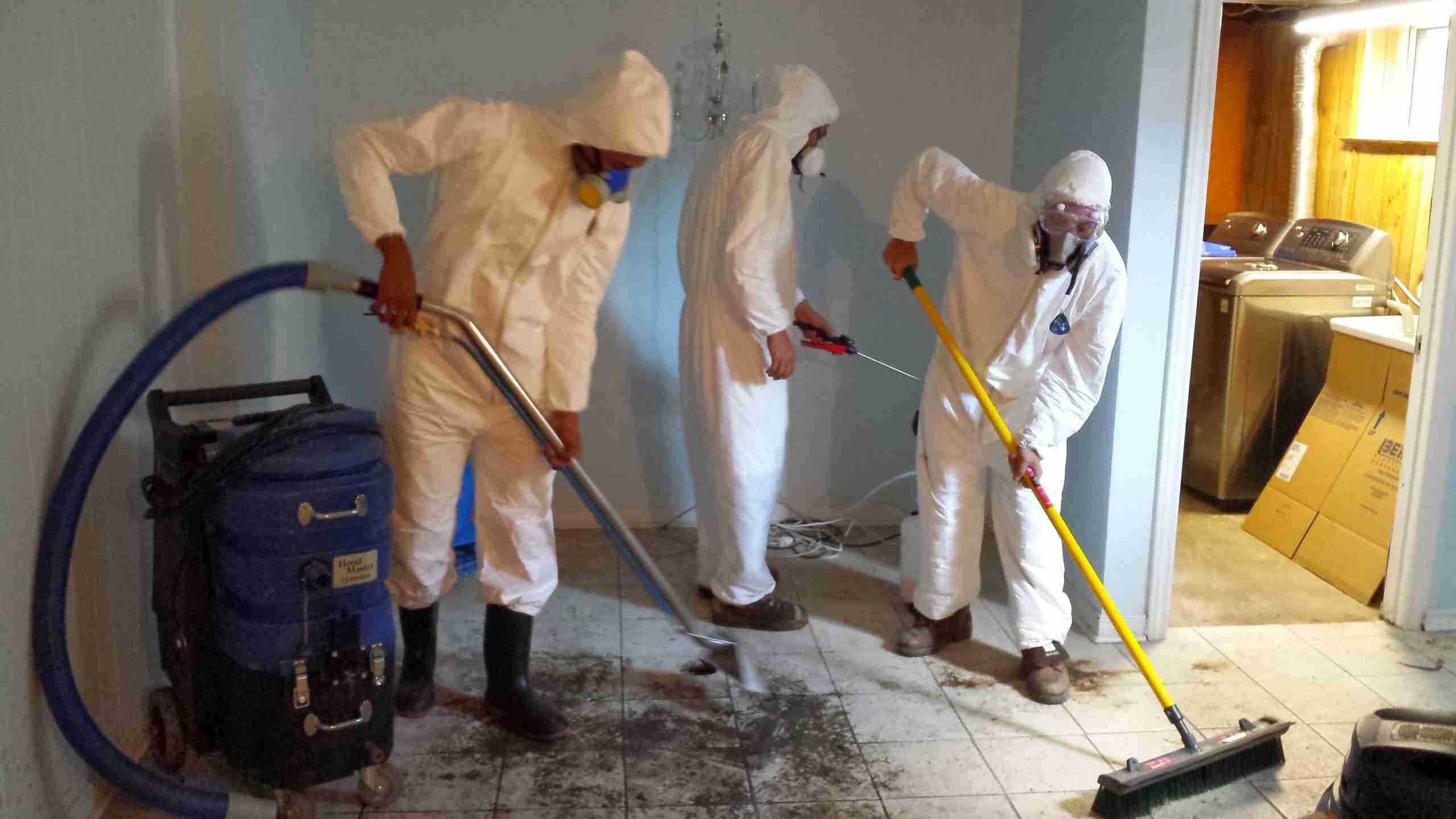
Basement flooding is a homeowner’s nightmare. If you have standing water in your basement, it can lead to structural damage, the growth of mold, and expensive repairs. This can be caused by heavy rain, pipes that burst, or improper drainage. In order to protect your basement from further harm and to get it back to a secure state to reduce the amount of damage and restore your basement to a safe and functional environment, it is vital to address the situation as soon as possible with the assistance of experienced water restoration services.
Common Causes of Basement Flooding
Before tackling the solution, it’s important to understand why basement flooding occurs. Some of the most common causes include:
- Heavy Rainfall: Excessive rain can overwhelm drainage systems, leading to water seeping through foundation cracks.
- Poor Drainage: Clogged gutters and downspouts can redirect water toward your home instead of away from it.
- Sump Pump Failure: A malfunctioning sump pump leaves your basement vulnerable to flooding.
- Sewer Backups: If the sewer system becomes overwhelmed, water can back up into your home.
- Foundation Cracks: Small cracks in basement walls or floors can allow water to seep in over time.
Knowing these reasons will enable you to act preventatively before the next severe downpour.
Effective Water Restoration Solutions
If your basement is already flooded, taking swift action is crucial. Here’s how water restoration services can help:
1. Water Extraction and Drying
The first step in any basement flooding situation is removing the water as quickly as possible. Professionals use industrial pumps and vacuums to extract standing water, preventing further damage. Once the excess water is removed, high-powered fans and dehumidifiers are used to dry out the space completely.
2. Mold Prevention and Remediation
When exposed to water for 24 to 48 hours, mold can begin to form. After drying, experts apply antimicrobial treatments to prevent mold and bacteria from developing. If mold has already formed, specialized remediation techniques ensure safe removal.
3. Structural Repairs and Restoration
Flooding can weaken your basement’s structure, causing warping, rot, and cracks. Restoration experts assess the damage and repair affected areas, from flooring and drywall to insulation and electrical systems. This step ensures your basement remains safe and habitable.
4. Waterproofing Solutions
To prevent future flooding, consider long-term waterproofing solutions such as:
- Sump Pumps: Installing a reliable sump pump with a battery backup helps remove excess water before it accumulates.
- Foundation Sealing: Waterproof sealants prevent water from seeping through basement walls and floors.
- French Drains: A French drain system redirects water away from your foundation, keeping your basement dry.
- Proper Gutter Maintenance: Maintaining clean gutters and downspouts guarantees that rainfall runs away from your house.
Preventing Basement Flooding in the Future
While professional water restoration services can fix the damage, prevention is always better than repair. Here are some steps to reduce the risk of future flooding:
- Inspect Your Basement Regularly: Check for foundation cracks, leaks, or signs of moisture buildup.
- Test Your Sump Pump: Ensure your sump pump is working properly, especially before heavy storms.
- Improve Landscaping: Slope the ground away from your home to prevent water from pooling around the foundation.
- Install a Backup Power Source: Your sump pump guarantees operation even during power interruptions by means of a battery backup.
Final Thoughts
Although basement flooding can be expensive and disruptive, with the correct strategy you can reduce damage and stop problems going forward. Professional water restoration services offer expert solutions to extract water, repair damage, and implement waterproofing techniques to keep your basement safe. By combining restoration with preventative measures, you can protect your home and ensure peace of mind, even during the heaviest storms.
This article stays within the 600-word range while maintaining the required keyword usage. Let me know if you’d like any refinements!

